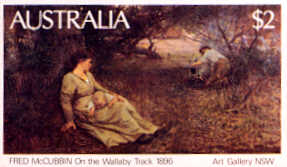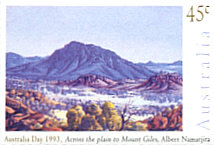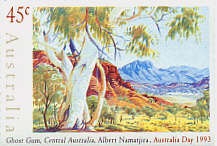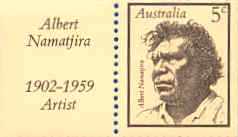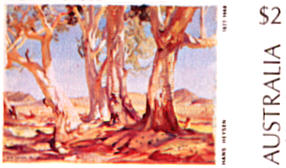|

Chorus sung after each verse

Click go the shears boys, click, click, click,
Wide is his blow and his hands move quick,
The ringer looks around and is beaten by a blow,
And curses the old snagger with the bare-bellied joe.

Verse 1
Out on the board the old shearer stands,
Grasping his shears in his thin bony hands
Fixed is his gaze on a bare-bellied yoe,
Glory if he gets her, won't he make the ringer go.

Verse 2
In the middle of the floor in his cane bottomed chair
Sits the boss of the board with his eyes everywhere,
Notes well each fleece as it comes to the screen,
Paying strict attention that it's taken off clean.

|
|
|
Verse 3
The colonial experience man, he is there of course,
With his shiny legging's on, just got off his horse,
Gazes all around him like a real connoisseur,
Scented soap and brilliantine and smelling like a whore.
Verse 4
The tar-boy is there waiting in demand
With his blackened tar-pot in his tarry hand,
Spies one old sheep with a cut upon its back
Hears what he's waiting for it's "Tar here Jack"

Verse 5
Now the shearing is all over, we've all got our cheques,
So roll up your swags and it's off down the trace,
The first pub we come to it's there we'll have a spree,
And everyone that comes along it's 'Have a drink on me.'

Verse 6
There we leave him standing shouting for all hands,
Whilst all around him every 'shouter' stands,
His eye is on the keg which now is lowering fast,
He works hard, he drinks hard, and goes to Hell at last. |
|
